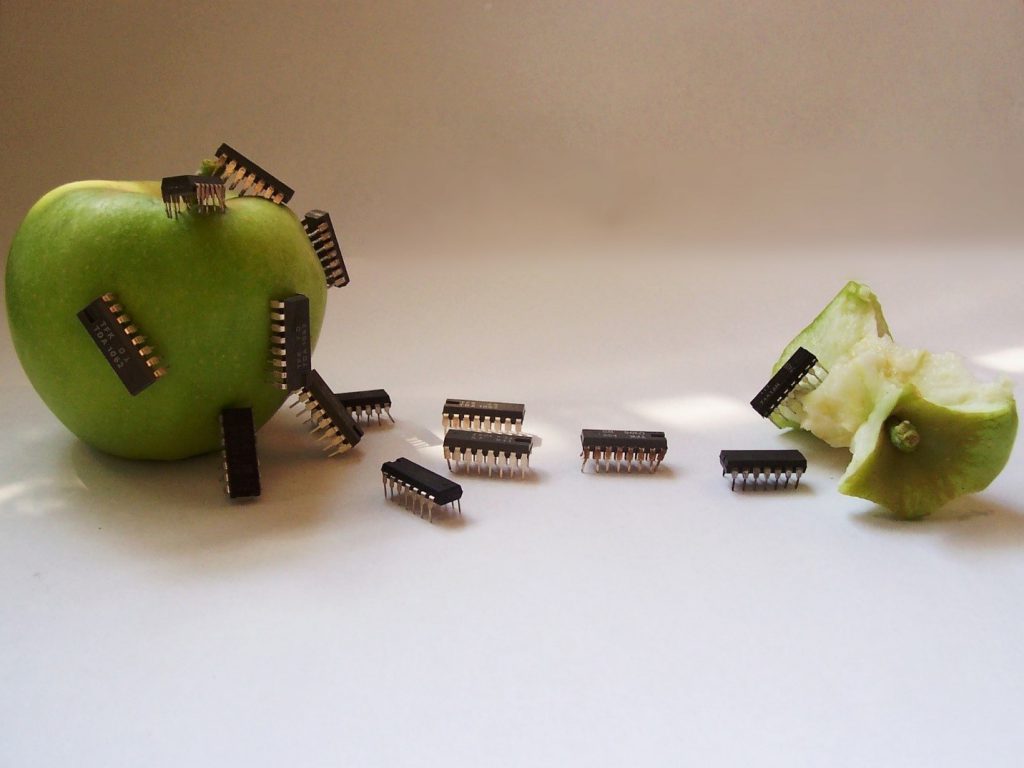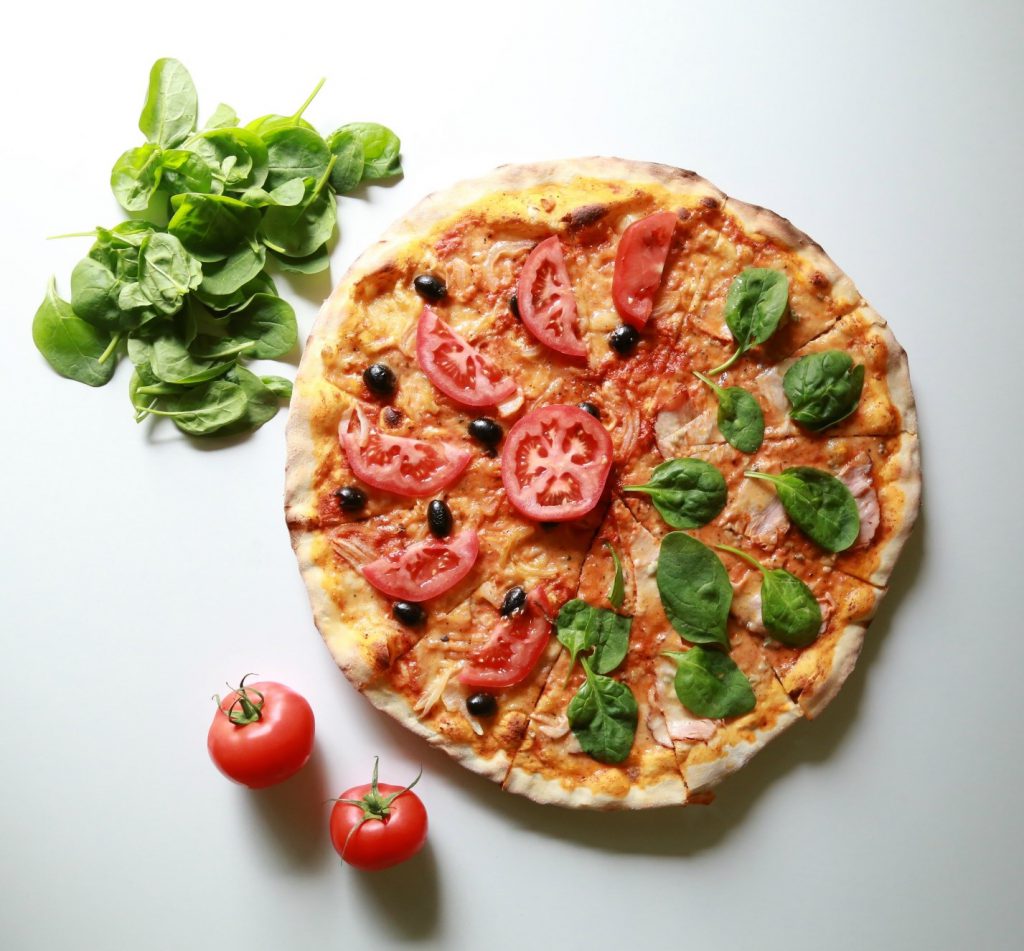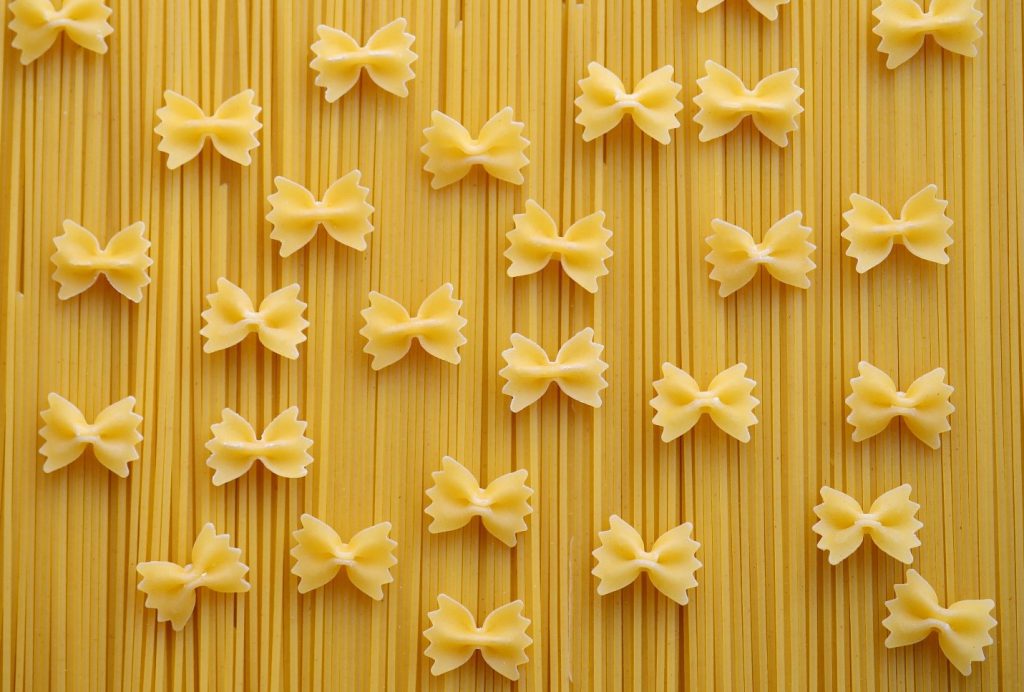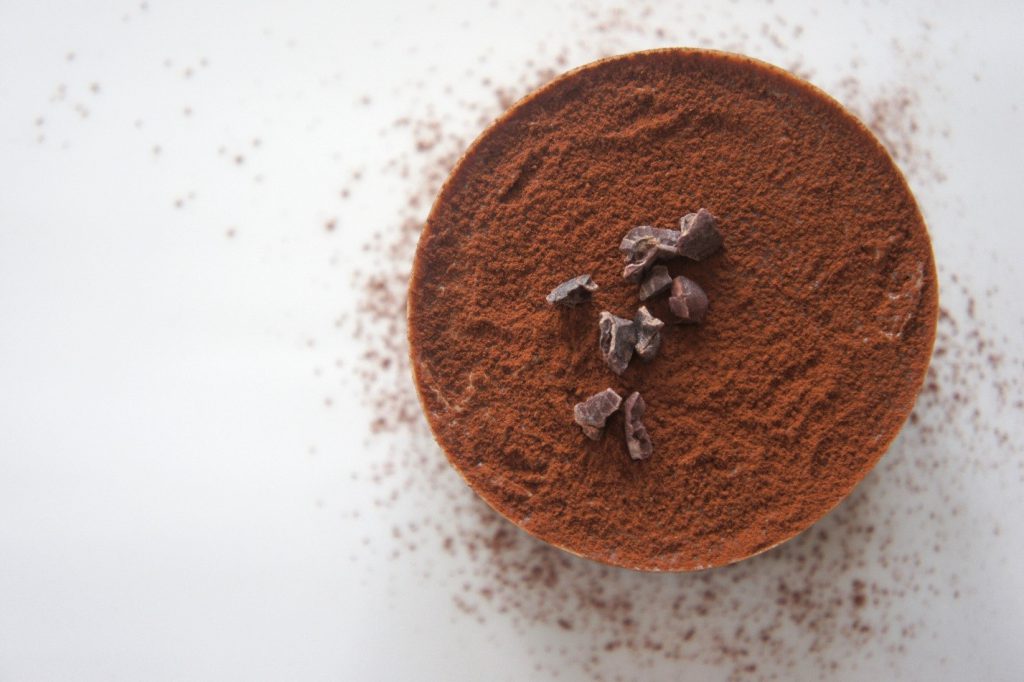
Personalized nutrition has been around for a long time, but technology has brought it mainstream
Dietitians have been doing personalized nutrition counseling for decades, but evolution of technologies and interest in food has brought personalized nutrition to the mainstream spotlight. This began with diet and activity trackers like MyFitnessPal, but has evolved to programs like DayTwo, which analyzes your gut microbiome to provide personalized nutrition recommendations. Companies like Habit hope take it a step farther by pairing nutrition advice that’s based on your own DNA with a meal delivery system, removing all of the guesswork. Drone delivery may bring another level of automation and convenience to the process, but what if we could even skip that step? What if we could print our own food that’s personalized to our needs at home? 3D printing has made its mark on many industries, and may be the future of personalized nutrition, as well.
What is 3D Printing?
Three-dimensional (3D) printing, also referred to as additive manufacturing, is a recently developed process in which materials are added layer by layer in a controlled, sequential manner using automated robotics to build up geometrically complex objects. 3D printing relies on an ink-like, flowable liquid or powdered material that can be quickly transformed into a rigid solid that serves as a foundation, or layer, that allows additional material to be ‘printed’ on top of this layer. The process is similar to the way frosting is piped, or extruded, from a piping bag onto a cake layer by layer to create intricate three-dimensional designs. 3D printing has been adapted to food materials, allowing modern chefs, food manufacturers, and do-it-yourself (DIY) innovators to produce novel food products with unique properties and shapes that cannot be replicated using traditional techniques of food design. For example, MIT’s Tangible Media Group has developed a 3D printed pasta that remains flat while dry but reacts with hot water to actively fold and form highly intricate shapes. And because 3D printing relies on software to direct the printing process, designs could be easily prototyped, saved, edited, and shared amongst collaborators across the world.
One of the earliest 3D printers used for food was the open-source Fab@Home Model 1 created by researchers at Cornell University in 2006. Chocolate was the first material adapted to food printing, as chocolate can be melted into an injectable form and quickly cooled to form a firm solid. Since then, many forms of the 3D food printer have been developed and adapted to several different food materials, including sugars, starches, cheese, meat, and gelatin. The primary limitation to 3D printing so far has been the restriction on the type of ingredients that can be readily liquefied or pulverized into a flowable form, and rapidly converted to a solid after extrusion.
In 2013, NASA contracted Systems and Materials Research Consultancy to explore the feasibility of 3D printing food in space for long-term missions. One of the parameters for the project was to investigate the nutritional quality of the foods generated using shelf-stable ingredients. The flavor and textural properties of the foods were studied to determine the acceptability of 3D printing for edibility and acceptability for human consumption. Overall, the goal of the project is to provide an alternative method to provide sustenance for space missions with greater variety and nutritional quality than the prepackaged foods that are currently used by NASA. This project has helped develop technology has since been used to start the company BeeHex, a start-up focused on developing 3D pizza printers for rapid personalized pizza production.

|
Get KHNI articles delivered to your inbox
|
Current Technology, Trends, and Challenges for Food Printing
3D food printing is still a nascent technology highly dependent on the advances made in 3D printing in general. Many 3D food printers are typically used for novelty purposes or DIY projects that are shared through not-for-profit open-source communities. Some 3D food printers are used by gourmet restaurants to prototype and create advanced culinary innovations. Currently there are few 3D food printers available for public use, and those on the commercial market are simple adaptations of multi-use 3D printers originally designed to print non-food materials, such as plastic, ceramic or metal. This is at least partly due to the high cost of purchasing and maintaining a 3D food printer, which can be prohibitive for home or commercial use.
Due to the small number of food ingredients suitable for generalized 3D printing, much of the innovation in the 3D food printing arena has been directed towards confectionary, bakery, dessert, and dough-based products for small-scale artisanal production. The materials used in these products (sugar, flour, chocolate, and egg) all possess the suitable properties outlined above, and can be readily joined together into solid shapes by applying simple precision heating using directed hot air or lasers. These ingredients can also be stored as shelf-stable powders that can form flowable inks by mixing with water or melting, which makes them readily adaptable to the 3D printing process. However, since it is difficult to create nutritious food from these ingredients, one of the main aims of the future of 3D food printing is expanding into key ingredients can be used to successfully create convenient, customizable and nutritious meals.
Some techniques have been developed and applied to 3D food printing to expand the available ingredients currently used. To print meat-based foods, a liquefied meat is extruded from the printer nozzle together with an enzyme called transglutaminase. The transglutaminase specifically acts on meat proteins and causes the liquid meat fluid to rapidly gel, forming a stable solid. Vegetables, fruits, and other high-water foods are liquefied and combined with a gel-forming ingredient, such as gelatin or agar, then cooled during printing to form solids. Some foods can be first printed in a semi-solid form and processed through cooking or drying to create a shelf-stable product, such as pasta.

Convergence of Nutrition and 3D Food Printing
While the technology has yet to be widely adopted, there are several ways in which 3D food printing could potentially impact the dietary and nutritional intake of consumers as the technology continues to grow. In most projected scenarios, consumers would own a 3D food printer as a household appliance that would allow them a high degree of customization during meal preparation. They would purchase pre-packaged food cartridge ‘inks’ containing various ingredients that could be mixed together in preprogrammed ways to create new ink formulations with tailored properties to be dispensed by the 3D food printer. Electronic recipe collections could also potentially be made available online that could be downloaded and used by the 3D printer to produce desired food products, similar to how documents can be shared online and readily printed on paper.
One example of the positive effect 3D printing can have on customer nutrition is giving consumers the ability to control the amount of nutrients in a product by manipulating the food ‘ink’ and automatically mixing various levels of nutrient ingredients into the ink in a predetermined way. Athletes who need precise nutritional profiles for the foods they eat to enhance performance could create or download programs for their 3D printer to prepare foods with exact concentrations of nutrients. The same method could be adapted to geriatric home or hospital care, in which each patient could have available food products designed specifically for their nutritional health needs. Similarly, parents with babies and young children who have strict dietary needs or restrictions could use the 3D printer to design nutritionally-enhanced and safe foods for their children.

Furthermore, consumers could combine different food inks to enhance the sensory appeal of their meals in ways unavailable with current home meal preparation techniques. By combining predesigned flavor ink cartridges with bulk food ingredients, a fully customized set of flavored foods could be produced by the 3D printer appliance. The same principle could be applied with colored inks as well as texture-enhancing ingredients. Due to the layer-by-layer nature of 3D printing, consumers could create flavor, color and texture gradients with incredible aesthetic and artistic appeal. With the ability to customize and combine nutrition with desirable sensory properties, a 3D food printer could allow householders to enhance the taste of their foods while simultaneously introducing high-nutrient ingredients beneficial for health.
Conclusion
The ability to create custom flavor and color gradients combined with formulating precise mouthfeel, shapes, and nutritional content could expand the possibility for household meal preparers, patient care institutions, schools, athletes, and other health-conscious consumers to create foods with tailored qualities attractive to different demographics. While 3D food printing is still yet to be widely available to the public at an affordable price tag with broad functionality, continued breakthroughs in this technological space will hopefully yield a powerful tool for food creation and personalized nutrition in the future.

 Bryan worked as Assistant Editor and Contributing Author for the Science Meets Food blog, sponsored by the Institute of Food Technologists Student Association. He received his MA and BS in Chemistry from the University of California, Irvine.
Bryan worked as Assistant Editor and Contributing Author for the Science Meets Food blog, sponsored by the Institute of Food Technologists Student Association. He received his MA and BS in Chemistry from the University of California, Irvine. 

